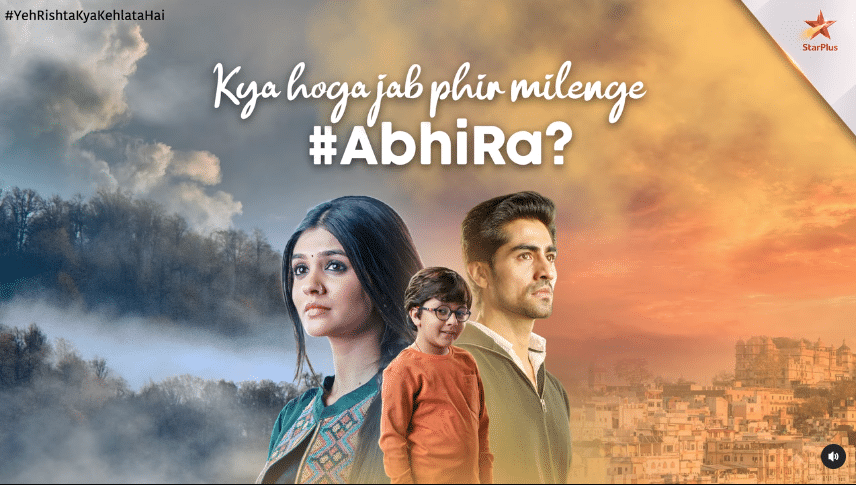DIRECTED BY: Bishal Dutta
CAST: Megan Suri, Neeru Bajwa, Mohana Krishnan, Vik Sahay, Gage Marsh, Beatrice Kitsos, Betty Gabriel
It Lives Inside premiers in theaters nationwide on September 22, 2023
In his feature-length film debut, director Bishal Dutta finally brings some Desi voices to the horror cannon, frightening his way into your psyche with exactly 99 minutes of masala-tinged horror tropes. The SXSW Midnighter Audience Award-winner, produced by NEON and the team behind 2017’s horror phenomenon Get Out, promises to be a wild ride. And boy, does it deliver!
Okay, I’ll admit, I never watched Get Out, mostly because I really wanted whatever was trying to Get Out to Stay In. I’m a bona-fide scardey-cat when it comes to scary movies, and I’m not afraid to admit it. Settling into my seat at the cinema and waiting then to have a nearly hour-and-a-half long heart attack was understandably not my idea of a great afternoon.
Except!
The film was an unexpectedly fun jaunt through the horror genre. Sure, the jump scares took a few years off my life expectancy, and I may have gone to sleep last night hoping nothing grabbed at my ankles from under the bed, but between an interesting cultural undercurrent, a cohesive cast, and the truly terrifying practical effects of a mythological drooling demon-monster come to life, It Lives Inside deserves to perhaps Live Inside the genre forever.
Sumidha (Megan Suri), or “Sam,” as she insists on being called (and don’t we all know the struggle of needing to have an American Name?), a first-generation high school student, tries desperately to fit in with her overwhelmingly white classmates, rejecting her culture and family in an effort to do so. When her childhood best friend Tamira (Mohana Krishnan) becomes the target of a horrible, flesh-eating demon from Hindu lore, she suddenly finds herself having to balance her identities in order to save her.
The film is rife with cultural allusions that I truly valued as a moviegoer caught between two cultures. In a way, it felt like a shared secret story we all have: how much of me should be Indian versus American? Little moments in the film, sprinkled in with your classic gore, allowed me to engage from more than between my fingers. Layers of first-generation and immigrant perspective persisted throughout, like the apparently shared thought between us all that the most horrifying thing we all think an Indian mother can say to you as she literally contorts into a Samara Morgan-esque creature from the well is “sharam…SHARAM!” Yes, shame on you for turning your mother into a demon. That’s not very “Good Indian Daughter” behavior. It seems like I’m making fun, but it was the film’s moments like these, this inherent understanding of Desi family values, finding the balance between retaining who you are and where you come from, that truly made it enjoyable.
Don’t look behind you, Tamira!
The thing is, there wasn’t anything truly remarkable about this film, at the bare-bones level of horror tropes. That is, in fact, what makes it remarkable. A creepy, gratuitously-toothed flesh-eating Hell monster from times of ancient yore invades the lives of several poor, unsuspecting high school students and mutilates all their family and friends. Pretty standard stuff, right?
How many horror movies exist in the vein of Western-centric religion and culture? Let me count the ways: Demon Nun, Demon Priest, Haunted Church, Haunted Very Old Church, Haunted House, Pagan Things (so many pagan things), etc. You get the idea. Possession, exorcism, supernatural good vs. evil, cursed objects, and sacrifice and redemption are just some of the themes that exist in the Big Bag O’ Horror Mythemes and have here been given that spicy touch. At one point Sam literally uses a golden scepter to bludgeon the thing off her, so in terms of religious iconography, it doesn’t get much more blatant than that.
It seems like we’re at the point in American cinema where people of different colors and cultures can make a completely normal film and no one bats an eye or screams “LOOK, DIVERSITY!” at the top of their lungs. This marks a new era. No more “insert-token-ethnic-person-here” filmmaking. Your Hallmark cards now smell a little bit like garam masala. Your next teen heartthrob will have an Indian girlfriend because she’s more interesting than everyone else, not just because she’s “exotic.” We no longer have to pretend that some of us don’t have just as much difficulty pronouncing the name “Karan” as you do. We finally get to be as uninspired as the rest of you.
How cool is that?






